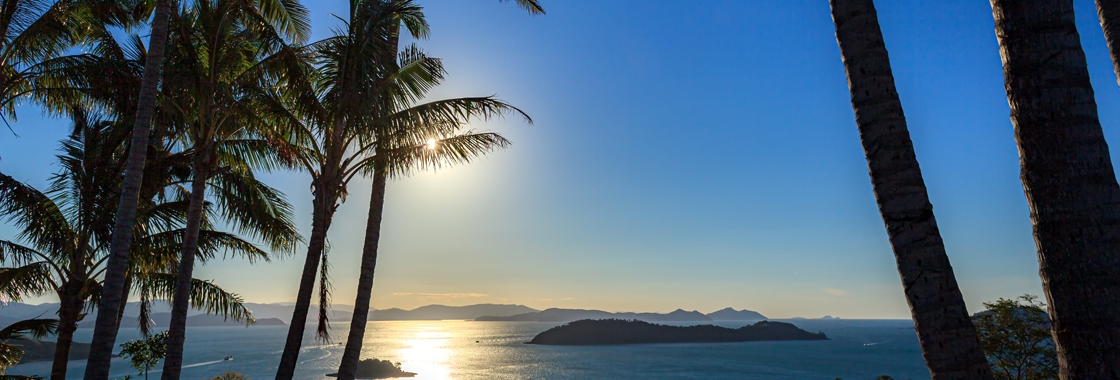Planning for a trip to the sunset melbourne? This spectacular area, known for their golden beaches and lavish hinterland, provides varied temperature patterns that could somewhat effect your vacation plans. Understanding these Sunshine Coast Australia Weather assures you package accordingly, routine actions wisely, and maximize of your visit.

The Sun Coast is blessed with a subtropical environment, offering hot and satisfying weather very nearly year-round. But, each season provides their special characteristics. Summertime (December to February) is normally hot and damp, with average conditions which range from 70°F to 86°F (21°D to 30°C). In this period, morning thunderstorms are typical, giving a relaxing break from the heat. It's a great time for beach activities and water activities, but make sure to stay hydrated and protect yourself from the sun.
Fall (March to May) presents slightly colder temperatures, including 61°F to 79°F (16°D to 26°C). The moisture drops, making it a cushty period for outside exploration and hiking in the hinterlands. This is also a good time to visit regional markets and enjoy the region's periodic produce.
Cold temperatures (June to August) on the Sun Coast is moderate, with temperatures between 50°F and 72°F (10°D to 22°C). While swimming may be less desirable, it's ideal for discovering national parks and experiencing whale watching along the coast. Don't forget a gentle jacket for cooler evenings.

Eventually, spring (September to November) sees a increase in conditions, averaging 60°F to 79°F (15°C to 26°C), with blooming flora and vivid landscapes. It's an incredible season for outside festivals and picnics.
To sum up, understanding the Sunlight Coast's temperature habits increases your journey knowledge, letting you package appropriately and plan activities accordingly. Whether you're pursuing summertime sunlight or enjoying the great cold temperatures breezes, there's always something particular expecting you on the Sunlight Coast.
